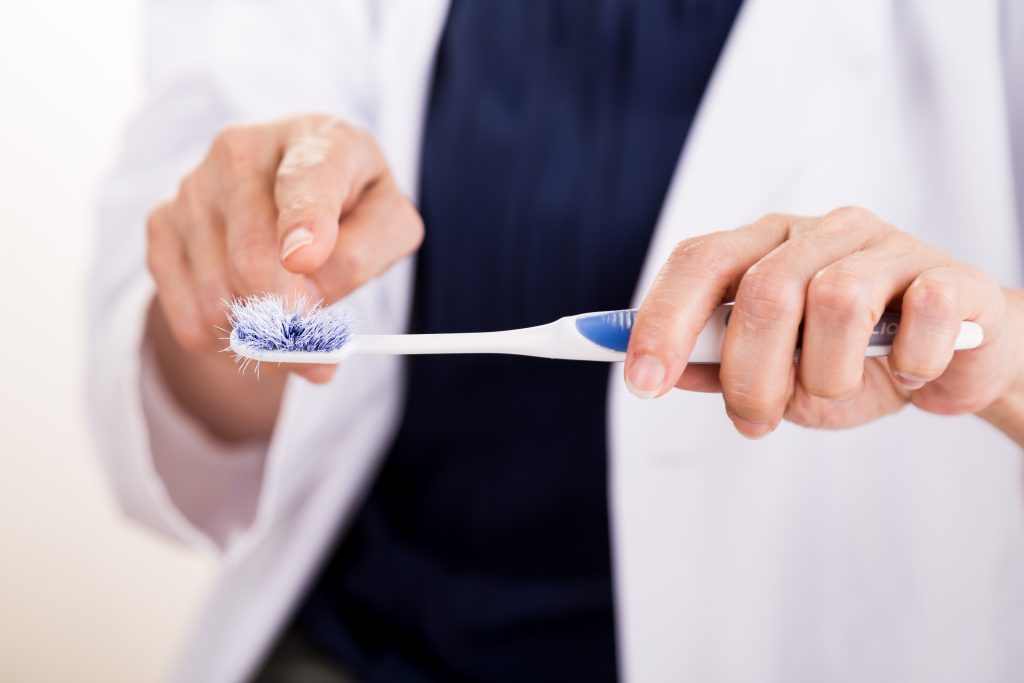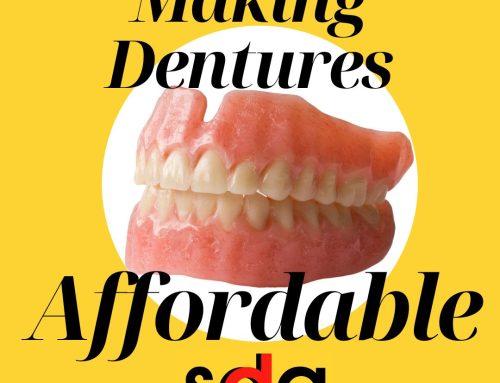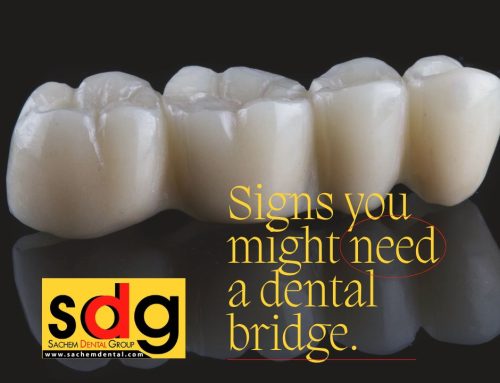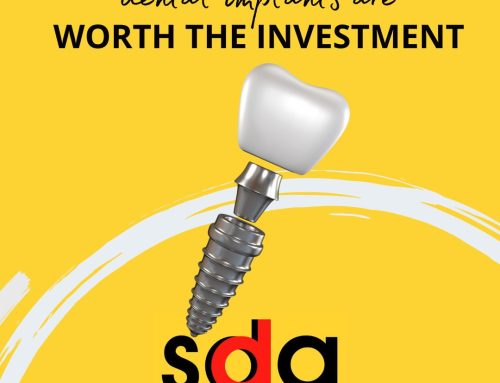
What’s Hiding on Your Toothbrush?
The first step to getting your teeth clean is to make sure you have the right tools to do so. That includes having a clean toothbrush! Have you ever stopped to consider what could be hiding (or even growing) on your toothbrush? Do you know when the last time was that yours was replaced?
These are two things that everyone should consider when determining if you’re really getting your smile as clean as you ought to!
What Hides on Your Toothbrush?
Obviously, your toothbrush has germs that come from your mouth. But let’s talk about some less obvious things that you may be surprised (but not too surprised) to find living on your toothbrush.
- Dust: Have you ever had the sun shine in through and window and noticed all of the dust that was floating around in the room? Well, where do you think it’s landing? Everywhere! Yes, even on your toothbrush.
- Harmful Chemicals: A spritz of cologne in the morning, and a shot of hairspray – all these chemicals that aren’t meant to be ingested are landing on your toothbrush and ending up in your mouth.
- Urine and Fecal Matter: When you flush the toilet, contaminated water becomes airborne and can land on your toothbrush. Sounds appetizing right? Yeah, we know. E. coli bacteria that are carried through waste matter causes nausea, vomiting, and diarrhea when ingested.
- Contagious Diseases like the flu virus, strep and thrush can re-contaminate your body.
- Oral herpes (the virus that causes cold sores) can live on a toothbrush for up to a week.
- Bloodborne Pathogens like Hepatitis, HIV, and Malaria. If you share a toothbrush with someone that has one of these diseases and their gums bleed, the contaminated blood can enter your bloodstream the next time you use your toothbrush.
Protecting Your Toothbrush
In order to keep your toothbrush sanitary, after every use, you can store it in an FDA approved toothbrush sanitizer to kill the germs.
There are different kinds of sanitizers available. Some emit vapors that kill germs, while others use UV light technology to eliminate germs and bacteria. There are even sanitizing powders, that when mixed with water, form a solution that effectively kills germs.
With any option that you choose, your sanitizer will need to be replaced every so often in order to stay effective. So be sure to follow the package directions closely.
It’s a good idea to set a reminder on your calendar so that you’ll be alerted when it’s time to change your sanitizer and your toothbrush.
As a rule of thumb, your toothbrush should be replaced every 3 months. If you get sick though, you’ll want to go ahead and replace it. Another good tip is to always make sure to have a backup toothbrush or toothbrush head (if using an electric toothbrush) available for easy access.
Get More Advice
For more tips on maintaining healthy oral care visit Sachem Dental Group, our multi-specialty general dentistry practice in Long Island. We’ve proudly been serving Suffolk County for over 35 years!






